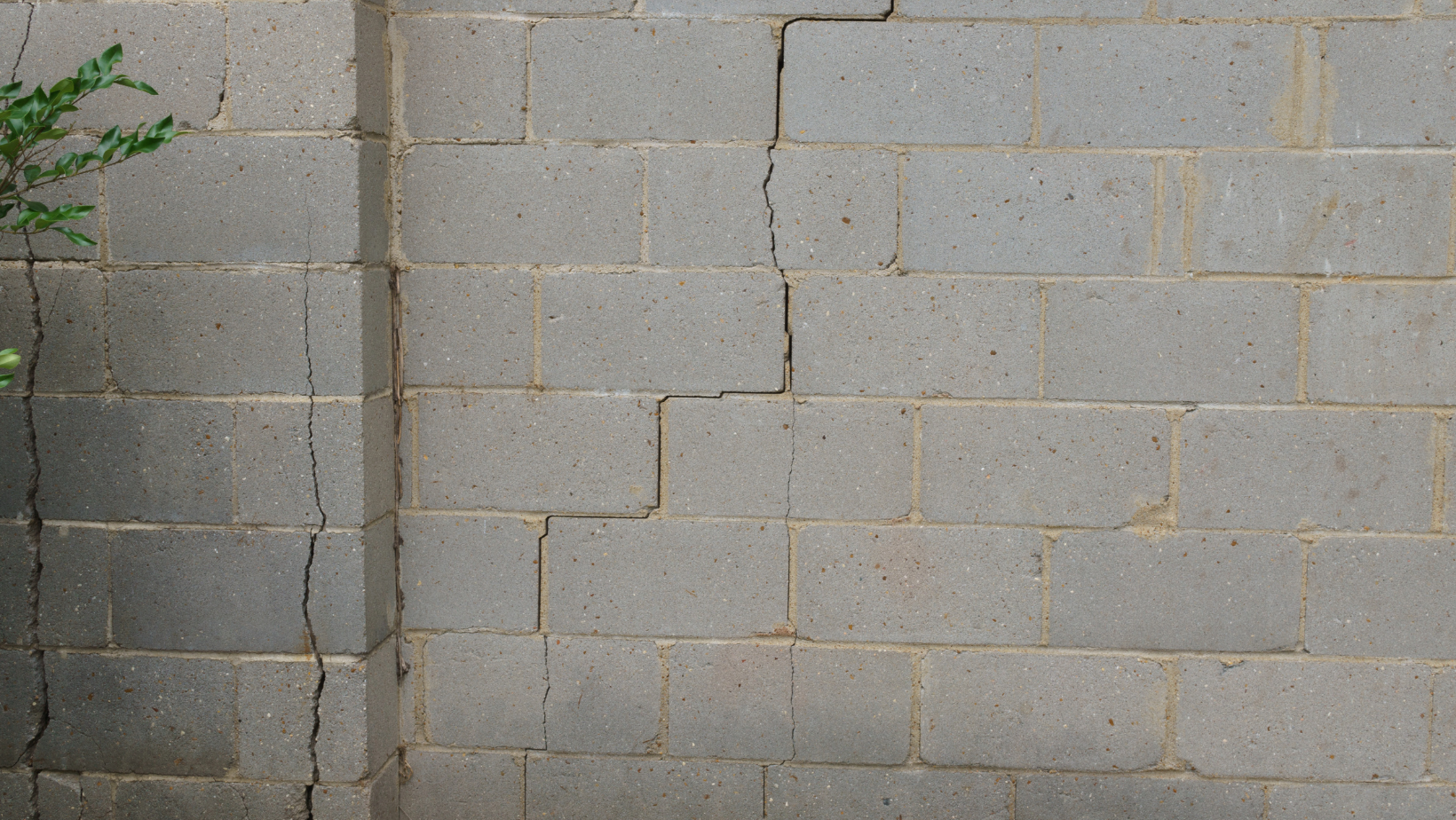
Texas has a varied topography, surface geology, climate and geography, and each one of those comes with a different type of soil. Those soil types, believe it or not, impact the health of your
foundation in a multitude of ways. This soil complexity is why you should always have a skilled foundation repair company on your side to suggest the optimal foundation repair solution for the accompanying soil type.
Did you know soil type can lead to foundation shifting, not to mention sticking doors and windows, cracks in your concrete, and more? Knowing the kind of soil your home is located on will help you address problems before they worsen. The type of soil you have can be causing uneven shifting.
The Importance of Soil
From expansive clay and sand to fill/loam and rock, soil has to be consistent. If it’s not, you may experience issues in your foundation. Its softness in particular can pose concerns. When soil is too soft under one foundation footing, for example, that section of your house could settle faster and deeper than the others, resulting in a cracked or sunken foundation over time.
5 Types of Texas Soil
Here’s a look at the many different types of soil throughout Texas:
- Harris County: Ranging from pure sand to clay-rich soils, these soils vary greatly in their characteristics. With such deep, active soil horizons, you can experience problems when exposed to a lot of water.
- Dallas County: There are three major rock formations that run under this area. Those formations, along with the Eagle Ford shale underpinning, mean this region is exposed to many expansive clay soils. And those soils tend to swell, shrink, and interact with water differently than other types. This can have a negative impact on your foundation.
- Fort Worth/Tarrant County: These areas have varied limestone formations made up of limestone and shale leading to the production of clay-rich soils. Other areas within this county are more sandy in nature, leading to increased sub-surface water movement.
- Austin, Georgetown and Travis County: These soil horizons are rocky and shallow with a higher clay content.
- San Antonio/Bexar County: Riddled with limestone-shale sequence (AKA “layer cake geology”), these areas are rich in clay soil marked by shallow soil horizons.
This should tell you that not all foundation repair issues in Texas are one-size-fits-all. You need an expert well-versed in Texas soil types to A) diagnose your property’s soil type and B) find out how it affects your foundation.
If your foundation repair expert thinks they can properly diagnose your problem over the phone, you may want to look elsewhere. It’s virtually impossible to determine a foundation issue sight unseen. You can’t underestimate the importance of in-person consultations and estimates.
Preventing Soil Erosion
Texas foundations are vulnerable to soil erosion, which could lead to the need for foundation repair down the road. When soil is eroded by water and wind, foundations settle and problems can arise. Fortunately, there are steps you can take to lessen or prevent soil erosion with your Texas foundation.
1. Plant Shrubs Around Your Foundation
When you plant small shrubs along your foundation, those roots get firmly entrenched in the dirt, helping to keep the soil in place. Make sure you have the proper landscaping around the perimeter of your foundation, as plants are an inexpensive, ideal, natural way to stop soil erosion.
2. Install Gutters
When large amounts of water get underneath your foundation, soil gets washed away. Water is very heavy and can have a devastating impact on your home over time.
3. Install a Drainage System
You may consider installing French drains, which is an effective way to prevent your soil from wearing away. Such drains protect foundations through the redirection of water away from your house. It’s best to connect your gutters to a French drain, where the water can run off a safe distance away from your foundation.
If standing water becomes an issue, you may also need a surface drainage system in conjunction with a French drain.
4. Grade Your Soil Properly
The dirt around your foundation should be located on a downward slope to ensure moisture doesn’t become a concern. In fact, you should grade your soil at a three to six percent slope, directing away from your foundation over the first 10 feet of ground. A negative slope is never good news.
5. Check for Leaks
You may have broken or cracked pipes and you don’t even know it. Leaks in slab foundations have been known to remain undetected for years. If you have pier and beam foundations, those can get damaged by water as well. Detecting and stopping plumbing leaks beneath your foundation right away is key in avoiding erosion. Your soil should never be sopping wet.
Signs of Soil Erosion
First, visually inspect your foundation, peering behind any hedges that may be there. Do you notice less than four inches of your foundation showing? Keep checking back. Your soil should not get any lower than that. If it does, ask your landscaper to add some native soil around your foundation and check for sources of excessive moisture.
Contact Aftermath Structural Repair
If you have more questions about how you can avoid soil erosion around your Texas foundation, contact us today at 281-231-8904. In addition to foundation repair, we also offer plumbing repair for any leaks you may be experiencing.




